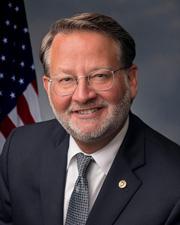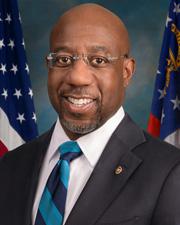0
PFAS-Free Firefighting Foam Transition Reporting Act
3/13/2024, 4:39 PM
Summary of Bill S 1929
The bill requires the Environmental Protection Agency (EPA) to create a database to track the use of PFAS in firefighting foam by federal agencies, as well as require these agencies to report on their progress in transitioning to PFAS-free alternatives. This database will help to monitor the use of PFAS and track the transition to safer alternatives.
Additionally, the bill requires federal agencies to develop plans for transitioning to PFAS-free firefighting foam within a certain timeframe. This will help to reduce the overall use of PFAS and protect both public health and the environment. Overall, the PFAS-Free Firefighting Foam Transition Reporting Act aims to address the use of harmful chemicals in firefighting foam and promote the transition to safer alternatives. By requiring federal agencies to report on their use of PFAS and develop plans for transitioning to PFAS-free alternatives, this bill seeks to protect the health and well-being of both firefighters and the general public.
Congressional Summary of S 1929
PFAS-Free Firefighting Foam Transition Reporting Act
This bill requires the Federal Aviation Administration (FAA) to submit regular progress reports to Congress on the development and implementation of a national transition plan related to fluorine-free firefighting foam. (Fluorine-free foams do not contain any perfluoroalkyl or polyfluoroalkyl substances, commonly referred to as PFAS.)
Specifically, the FAA report must include information on the development and implementation of a national transition plan to a fluorine-free firefighting foam that (1) meets certain performance standards for use at Part 139 airports, and (2) includes the issuance of guidance related to the use of fluorine-free firefighting foam at airports that are not Part 139 airports. (Part 139 airports include airports that serve scheduled and unscheduled air carrier operations for aircraft with more than 30 seats or serve scheduled air carrier operations for aircraft with 10-30 seats.)
The report must also include a comprehensive list of the amount of rolling stock of firefighting foam at each Part 139 airport and the number of gallons regularly kept in reserve at each airport.
The FAA must submit a progress report to Congress every 180 days until the FAA completes the development and implementation of the national transition plan.




